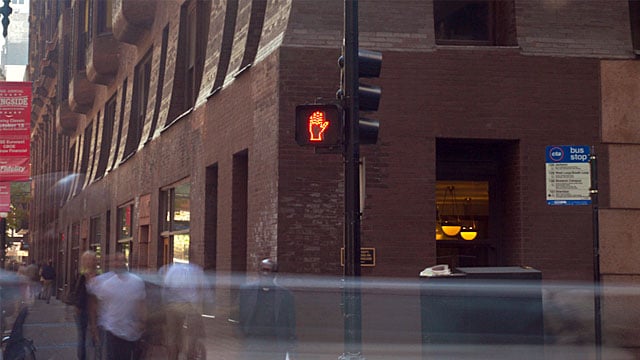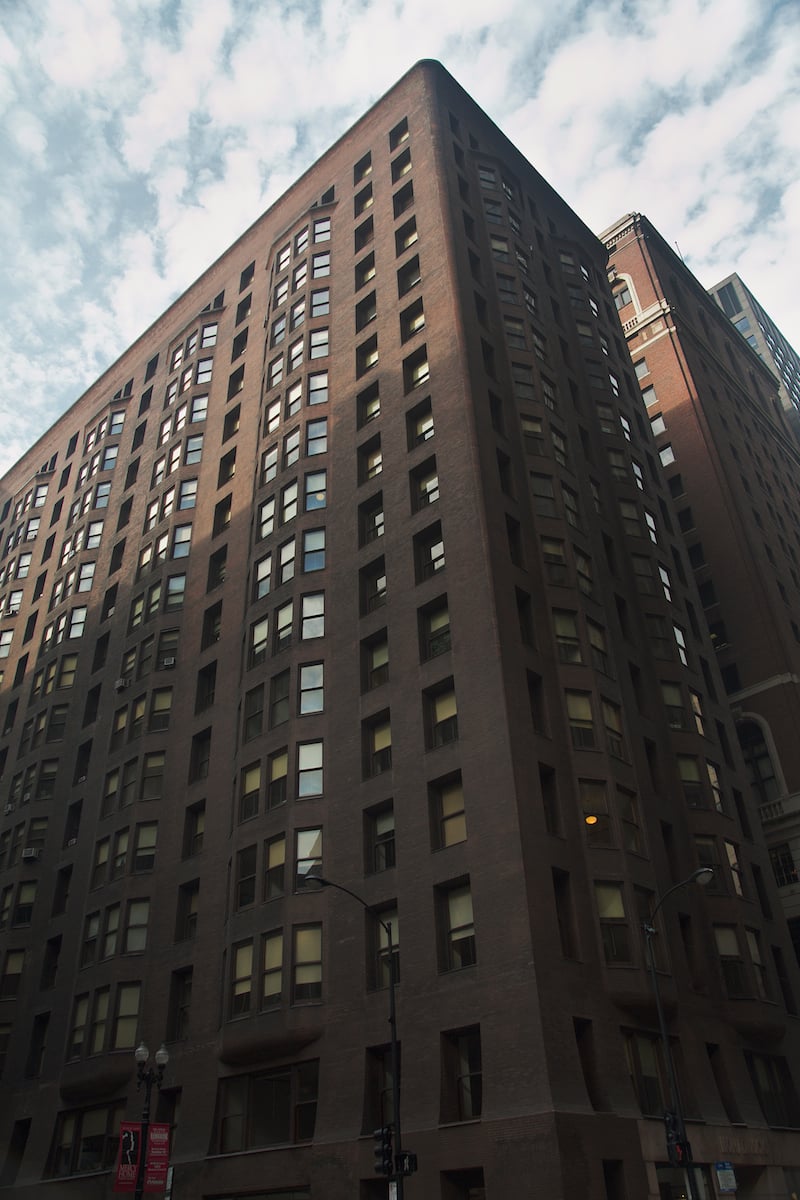

For an example of the load-bearing masonry construction style common in the earliest skyscrapers, look no further than the Monadnock Building. (To be precise, look at the original building on West Jackson Boulevard; the southern addition on Van Buren Street was constructed later.)
In early tall buildings, the masonry was “load bearing.” That means the massive granite base of the Monadnock actually supported the full weight of the building’s 16-story walls. It was possibly the tallest skyscraper constructed in this manner, inspiring wonder at the time it was built.
Masonry construction as seen in the Monadnock had its limitations and problems, including extensive settling of the weight into Chicago’s clay soils. Later buildings benefited from the innovative use of steel-frame construction, which allowed for more height without the need for a hulking stone foundation at street level.

